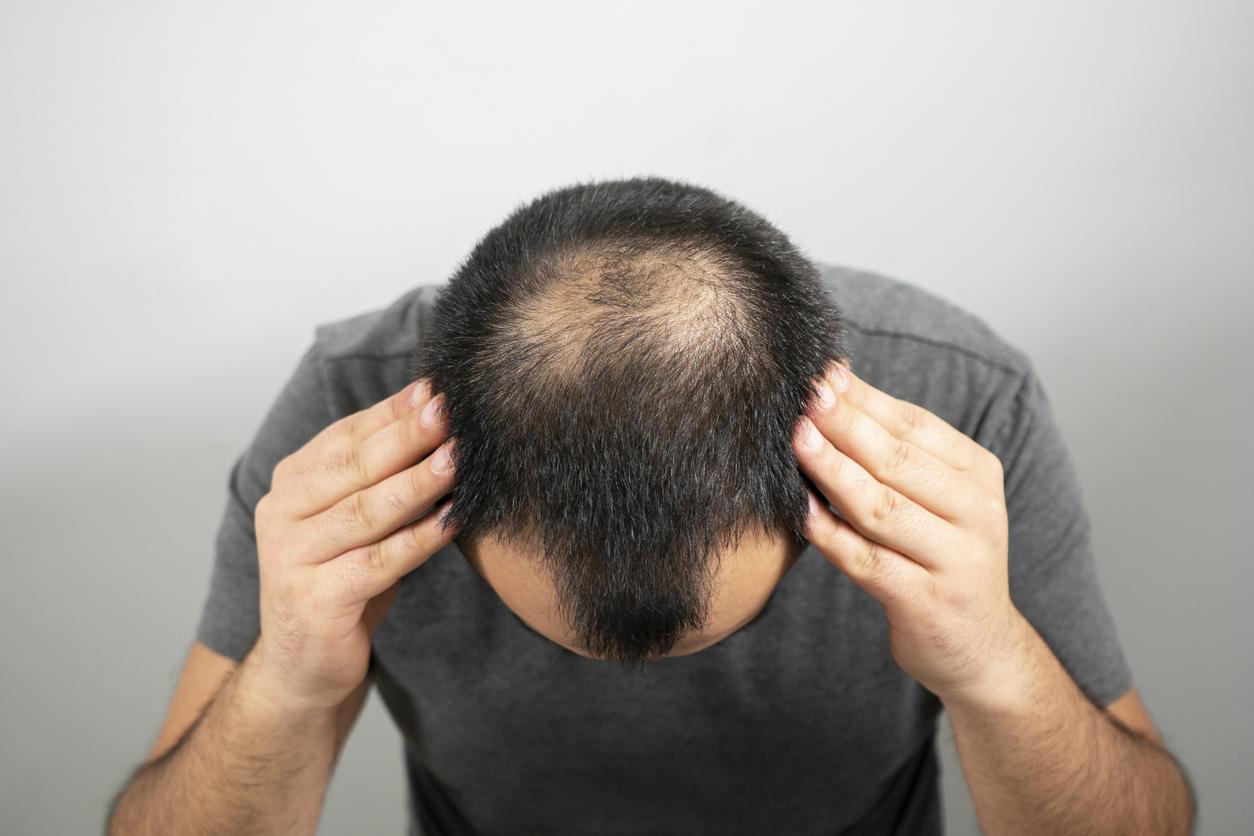It is a natural medicine based on the use of extracts of plants and their active ingredients. We find the first trace of this use on a piece of Egyptian papyrus, dated 1500 BC. AD, which listed several hundred medicinal plants (myrtle, willow, thyme …). Over time, the physicians of Antiquity constituted a relatively developed pharmacopoeia: the book of remedies “De materia medica”, by the Greek doctor Dioscorides, listed around 600 active plants, and it has remained one of the main references in Europe until the end of the 17th century. In the Middle Ages, one remained faithful to the use of plants, the evidence of the use of extracts of plants like the poppy or Indian hemp to fight against the pain having been brought during archaeological excavations in a monastic hospital in Scotland . But it was in the 15th century that the invention of printing made the use of plants accessible to all scholars, who circulate their printed herbaria.
In the 19th century, progress in physics and chemistry allowed the extraction and demonstration of active ingredients from plants, such as morphine from the opium poppy, colchicine from colchicum, coumarin from sweet clover … In 1838 , salicylic acid, the chemical precursor of aspirin (acetylsalicylic acid) is extracted from white willow. It was first synthesized in the laboratory in 1860, and it was from this time that herbal medicine and synthetic drugs took separate routes.
Today
“It is estimated that more than 500,000 plant species grow on the surface of the globe, of which approximately 250,000 have been identified,” indicates Dr. Anne-Claire Gagnon in her “Guide to plants that heal” (ed. Vidal). Of these, the World Health Organization (WHO) has established a list of over 22,000 medicinal plants used by traditional medicines. However, only 2,000 to 3,000 of them have been the subject of scientific, chemical or pharmacological studies. It should be noted that the Academy of Medicine recognizes the medicinal plant as an integral part of therapeutic tools and that since 2002 the WHO has shown a dynamic of openness towards complementary medicines.
In which countries is it used the most?
If the herbal medicine is present in all countries of the world, it is still very developed in China and India where the treatments still mainly use plants. The Chinese pharmacopoeia lists several thousand medicinal substances, of which 300 are in common use and consist mainly of plants. In India, Ayurvedic medicine (“science of life” in Sanskrit) uses remedies essentially made up of plants dosed for each patient and administered in the form of infusions, lotions, poultices, pills … Finally, since the In the 1970s, traditional Japanese medicine was again taught at the medical school, and three quarters of general practitioners practiced it. It is also partially reimbursed by the country’s health insurance system.


















